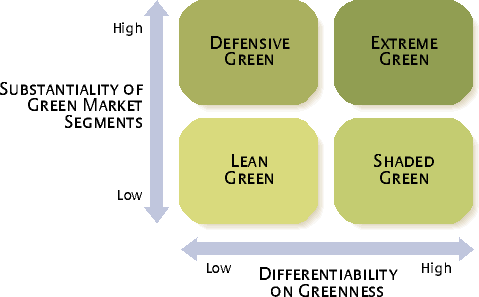We learned about the concept of a circular economy in class, or rather the idea of keeping resources in use for as long as possible. An example of this would be aluminum which is highly recycled (and I believe was mentioned to have 70% of all aluminum created still in use).
I recently read an article that takes the idea of circular economies and puts it into the perspective of healthcare. Now, I’ve always wanted to become a doctor so this is a bit of a mix of one of my dreams with one of my realities.
It’s a bit amazing to see how hospitals are helping other hospitals preserve and utilize equipment (though in the perspective of the states, the whole health insurance model is pretty ridiculous on its own). Some hospitals may be considering re-using or refurbishing equipment from other hospitals (that may not utilize the equipment as much).
Taking a closer look at the article though, there seems to be a common theme in the circular economy of these hospitals. The 6 points addressed in these articles all relate to change and the need for innovation (possibly due to financial constraints). This only goes to support that an organization must be proactive when considering green prospects in order to succeed.
There is also an issue with this that was brought up in the article though. While some things might be cheaper to acquire (regarding healthcare equipment) such as a refurbished MRI, other items may actually cost more per-unit to re-use instead of simply purchase a new one, like gowns.
Not to mention (while this is my own opinion), at a certain point is it really sanitary to be re-using equipment?


